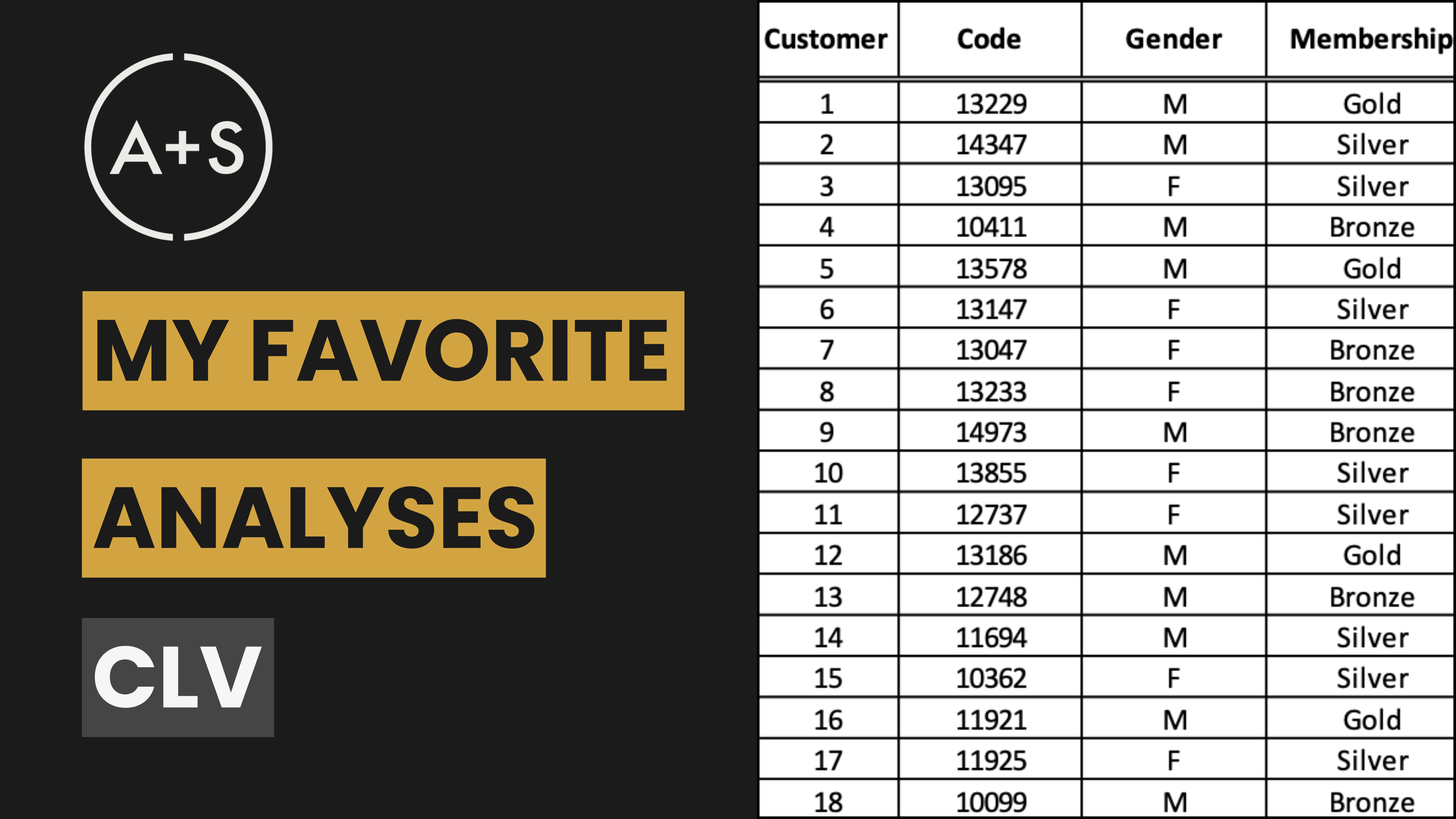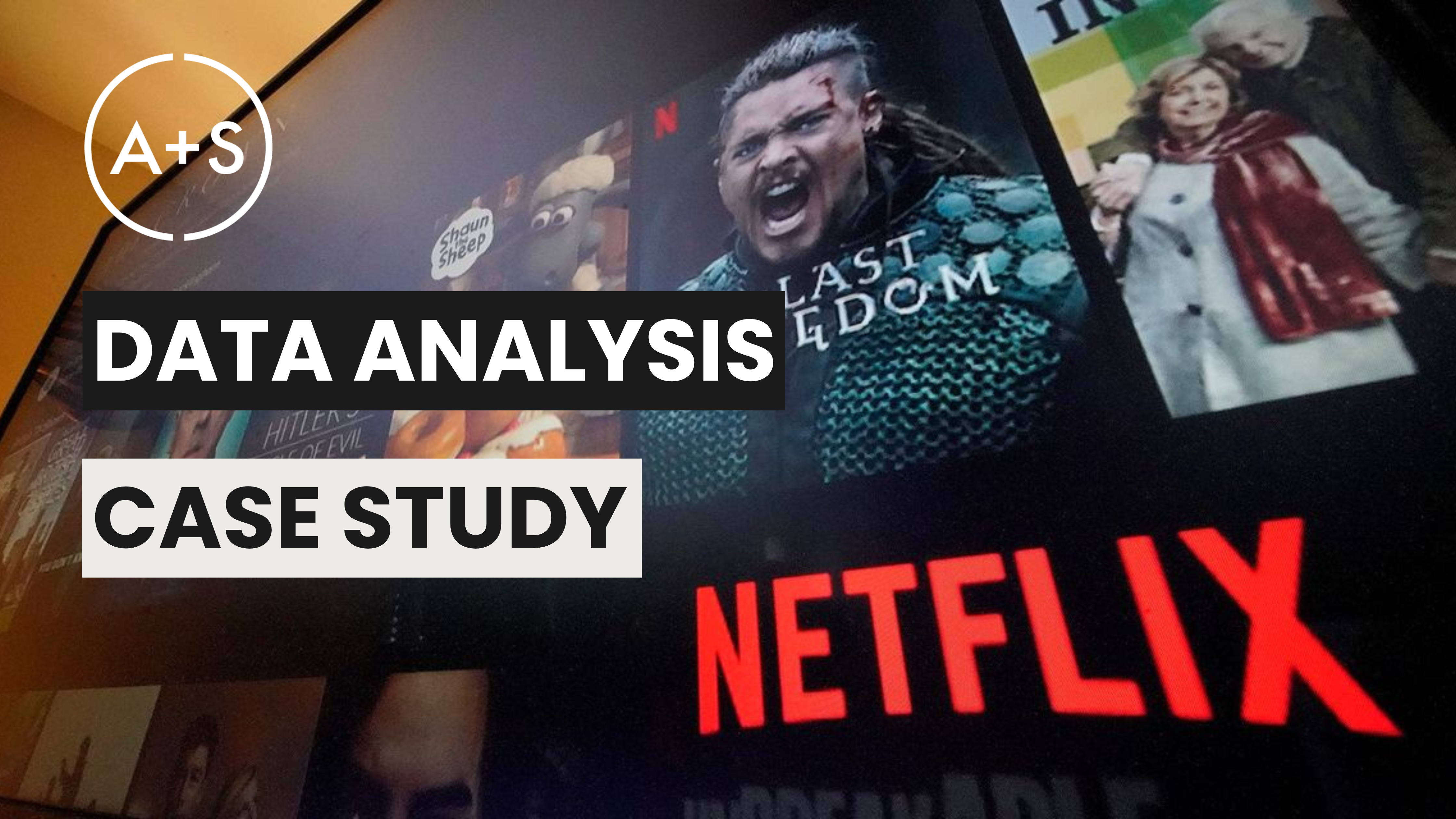I was in Waterford, Ireland, in 1997, touring its famous crystal factory. It was a place of incredible focus and skill that transformed rough blocks of glass into flawless works of art. The process was a quiet, linear procession. The first artisan would meticulously carve a pattern. That piece was then passed to the next for refinement, who added their own precise marks before passing it on.
But beneath the hum of the workshop was another sound, sharp and constant: the sound of smashing glass.
I learned that at any step, if an artisan detected the slightest flaw or was unhappy with their cut, they were compelled to smash the piece on the floor. It was swept up and sent back to the furnace to be reborn. The pursuit was absolute perfection. The response to imperfection was total destruction.
This memory has stuck with me as a powerful metaphor. It represents a mindset that, while perfect for creating prize-winning crystal, is flawed for our professional world.
Many of us work like that artisan. We craft the “perfect” analysis, the flawless recommendation. And when we hear a “no” from a stakeholder — when they spot what they perceive as a flaw — we hear the sound of smashing glass. We believe our work is a total failure, fit only to be scrapped and reforged.
But that is the wrong mindset. Our role is not to be the artisan, smashing our work at the first sign of imperfection. Our role is to see our initial analysis as the start of a process and to treat feedback not as a flaw, but as critical information needed to adapt and improve.
THE OPPORTUNITY / THE CORE CONCEPT
A rejection is not a judgment on your work’s quality. It is an insight that reveals your stakeholder’s true operating system. Their “no” is a signal that exposes hidden constraints, unspoken fears, and misaligned incentives. The artisan sees a “no” as a fatal flaw that requires smashing the work; a strategic analyst sees it as valuable data.
This is the art of analyzing your stakeholder’s response with the same clinical rigor you apply to your data. Your first analysis revealed a business opportunity. This second analysis — the meta-analysis of the rejection — reveals the path to getting it done.
DECODING THE “NO”: FOUR FORCES AT PLAY
A “no” is rarely about the quality of your data; it is a symptom of a deeper issue. To decode the rejection, look for four hidden forces that are almost always at play. This is not a process to follow, but a set of lenses for your diagnosis.
The Authority Problem Often, the “no” comes from someone who lacks the authority to say “yes.” Many people in an organization are empowered to kill an idea, but only a select few can greenlight one. Before you analyze the reasoning, analyze the room. A rejection from someone who isn’t the true decision-maker is not a verdict. It is a redirection.
The Resource Problem The rejection may be purely logistical. The business leader may love your idea but lacks the budget, time, or resources to execute it. The “no” is often polite shorthand for “I literally cannot do this right now.” Your job is to distinguish a strategic disagreement from a simple resource bottleneck.
The Human Problem Decisions are not rational; they are human, driven by incentives and fears. Your insight, logical as it may be, threatens someone’s territory, exposes a past failure, or risks cannibalizing a project they champion. The fear of personal or political risk kills more great ideas than any budget spreadsheet.
The Incentives Problem Your analysis, while correct, may be aimed at the wrong target. You delivered a brilliant plan to increase customer lifetime value, but your stakeholder is compensated on quarterly lead generation. The rejection signals a fundamental misalignment between the KPI you are solving for and the KPI they are paid to deliver.
THE ANALYST’S PLAYBOOK
Understanding these forces translates diagnosis directly into action. When your insight is rejected, you do not smash your work like the artisan. You engage with the feedback and adapt.
1. Map the Path to “Yes”. Before you do anything else, map the political landscape. Who holds the budget? Who has final sign-off? Who are the key influencers they listen to? Identify the true economic buyer. If you did not present to that person, your primary goal is to engineer a path to them.
2. Rephrase and Inquire. Once in front of the right person, turn declarative statements into collaborative questions. Instead of saying, “This will increase conversion,” ask, “What if we could increase conversion by doing this?” If you get a “no,” investigate with genuine curiosity. “That’s helpful. To make my next idea more on target, what are the biggest hurdles to something like this?”
3. Give Them a Problem, Not a Proposition. Stakeholders do their best work when they have a compelling problem to solve. A rejection means you handed them a proposition they couldn’t execute. Go back, but this time, don’t just re-pitch your solution. Re-frame the problem in a way that aligns with their constraints and KPIs, and invite them to solve it with you.
4. Re-Frame for the Real Obstacle. Use the intelligence you gather to re-package the opportunity. If the constraint is resources, re-frame your idea as a scrappy, low-cost pilot. If the fear is risk, re-frame it as a de-risked test. If the misalignment is KPIs, rebuild your business case to show unequivocally how your idea moves their number.
5. Document and “Age” the Insight. Sometimes “no” simply means “not now.” Create an “Opportunity Backlog.” Frame your ideas not as “what ifs,” but as “If…then” statements. If the engineering roadmap frees up in Q4, then we can execute the personalization pilot. This turns a graveyard of ideas into a strategic arsenal, ready to deploy when the moment is right.
FINAL THOUGHT
Stop being the Waterford artisan. Stop treating rejection as a signal of a fatal flaw. It is a call to begin the real work. Your value is not in manufacturing a perfect, untouchable object in isolation, but in your ability to cultivate an adaptive, collaborative solution honed through feedback.
That is the path to real, durable value.
Keep Analyzing!




